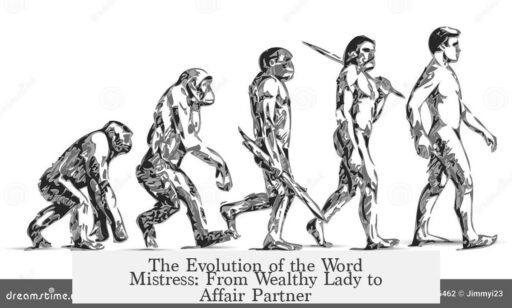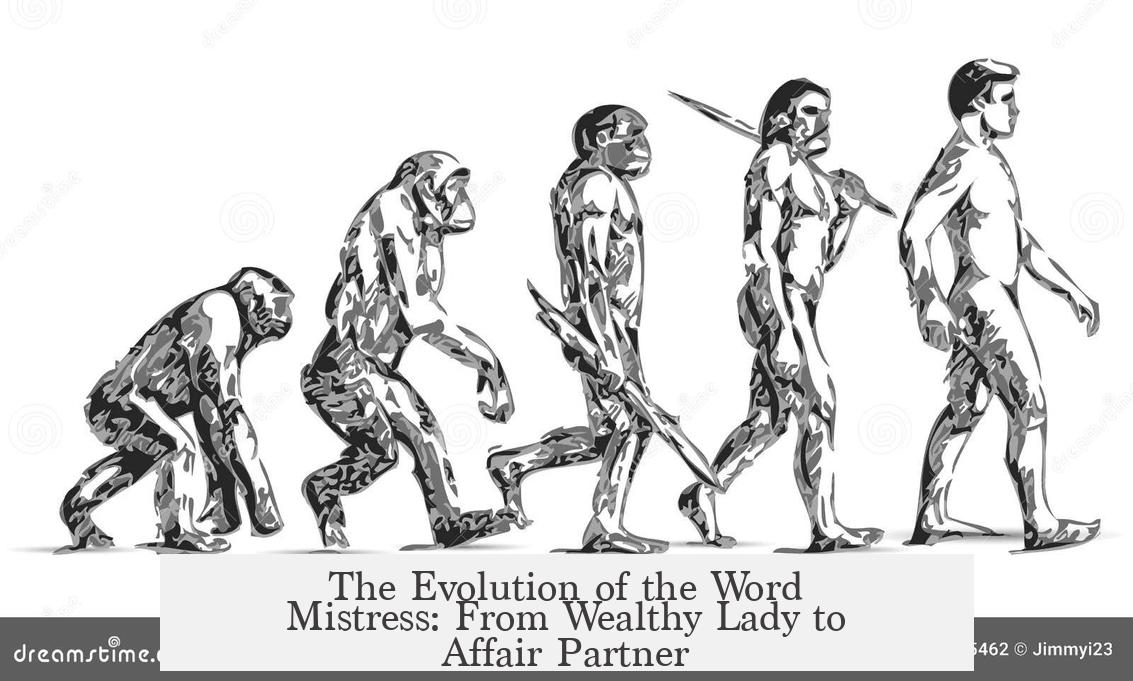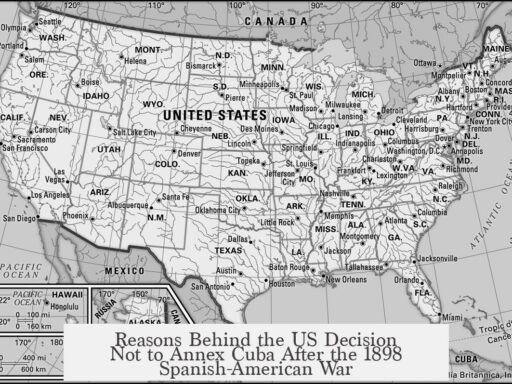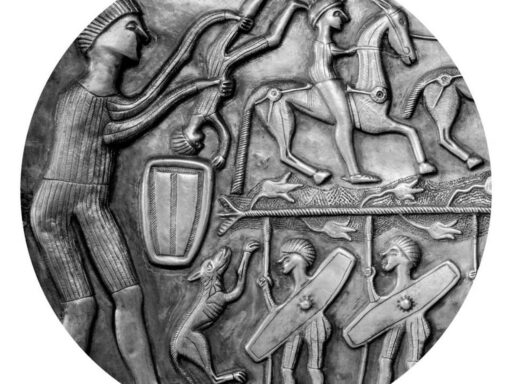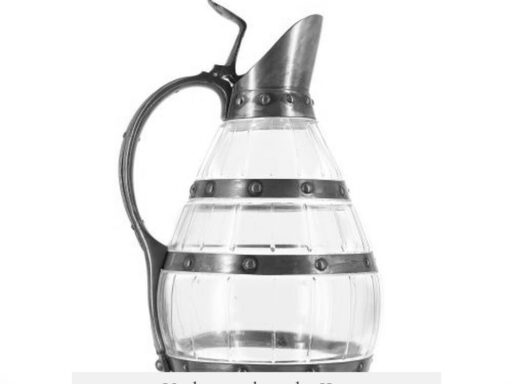The word “mistress” shifted from meaning “rich lady” or a woman with authority to “extramarital girlfriend” through a gradual evolution of the concept of ownership and control embedded in the term. Originating as the feminine form of “master,” it initially referred to a woman exercising authority, often over servants. Over centuries, this concept of control transitioned metaphorically to romantic and sexual domains, finally coming to denote a woman who holds a man’s affection outside marriage.
The term “mistress” first emerged in the early 14th century from the Old French maistresse, reflecting a woman with power or command. At this time, it primarily designated a woman who governed or had authority over others, such as servants, rather than implying wealth alone. The root “master” involved control, and “mistress” was its female counterpart. This meaning connected the word to social status and respect through authority rather than personal relationships.
By the 16th century, usage of “mistress” broadened. Historical records show that people began to associate the word with women engaged in morally ambiguous or socially marginalized roles, notably “kept women.” For instance, Queen Elizabeth I’s reluctance to address the Archbishop of Canterbury’s wife as “mistress” suggests that the term could carry connotations beyond simple respect, tied to doubts about marital status or propriety. This reflects the term’s early association with extramarital or socially questionable relationships.
In the 18th century, definitions became more diverse. Samuel Johnson’s 1755 dictionary lists six meanings for “mistress,” including:
- A woman who governs or has control.
- A woman skilled in a field.
- A woman teacher.
- A beloved or courted woman.
- A term of contempt.
- A prostitute or concubine.
This spectrum reveals the dual nature of the word — both respectable authority and sexual availability. It shows how the notion of control extended from social or professional domains to intimate and romantic contexts.
The critical semantic shift involves the metaphor of ownership intrinsic to “master” and “mistress.” Initially, this ownership concerned authority over servants or property. Over time, it evolved into ownership of the heart or affection, implying emotional control. In this metaphor, a man “owned” by a woman’s affection was a natural next step. Eventually, the idea narrowed further: a “mistress” was a woman who “owned” a married man’s heart, despite his legal commitment to someone else.
This gradual transition balances on the double entendre of “ownership.” It was never a sharp change but layered and subtle. People applied the ownership concept to social authority, romantic affection, and sexual relationship contexts, allowing “mistress” to simultaneously evoke respect, love, and illicit intimacy.
| Time Period | Meaning of “Mistress” | Explanation |
|---|---|---|
| Early 14th Century | Woman with authority (female master) | Controlled servants or had social command |
| 16th Century | Kept woman or morally ambiguous figure | Used for extramarital or socially questionable relationships |
| 18th Century | Beloved woman and concubine | Dictionary definitions show dual respect and sexual implications |
| Gradual Over Time | From authority to romantic and sexual possession | Ownership shifted from property to heart and extramarital affairs |
Thus, “mistress” reflects a progression from authority to intimacy, with ownership as the key linking concept. The societal ability to hold double meanings allowed the term to evolve naturally without sudden shifts. This subtlety secured “mistress” as a descriptor for extramarital girlfriends by the 18th century, blending ideas of affection, possession, and social status.
- The word originates as a female form of “master,” meaning a woman with authority.
- Its meaning included women who commanded servants or had control, not exclusively rich women.
- By the 16th century, “mistress” was linked to “kept women,” reflecting extramarital relationships.
- 18th-century dictionaries show the word’s dual meanings of authority and sexual relationship.
- The semantic shift centers on metaphorical ownership—from control over people to control of a man’s heart.
- The transition to “extramarital girlfriend” was gradual and relies heavily on double entendres.
For additional reading, consult Etymonline’s entry on Mistress or its sister article on Master.
How Did the Word Mistress Change from Meaning “Rich Lady” to “Extramarital Girlfriend”?
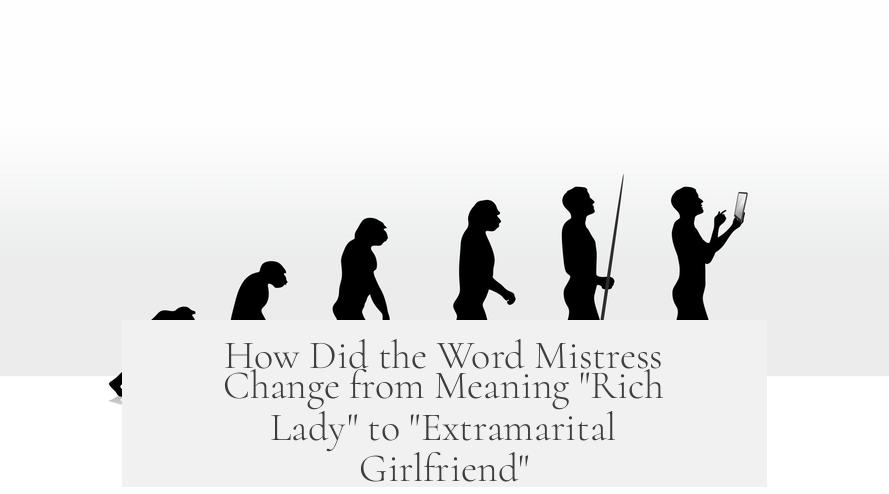
At first, the word mistress simply meant a woman with authority or control—essentially, the female counterpart to “master.” Over time, it morphed into the term we now associate more commonly with an extramarital girlfriend. So, how exactly did this shift happen?
Hold tight; the story behind the word mistress is as layered as a Shakespearean drama—and just as intriguing. Let’s dig in.
From Commanding Authority to “Rich Lady”
The word mistress originates from the early 14th century, coming from the Old French maistresse, which is the feminine form of master. Initially, it referred to a woman who commanded or had authority over servants or property. Think of a wealthy lady running her manor or household with a firm hand.
So, in this early stage, it wasn’t about romance—rather about leadership and respect. She wasn’t just “rich”; she had genuine power. Imagine her as the boss lady of medieval estates.
Wide-Ranging Meanings in the Mid-18th Century

Jump ahead a few centuries to Dr. Samuel Johnson’s famous 1755 dictionary and you find a fascinating range of definitions:
- A woman who governs or has authority
- A woman skilled in anything
- A woman teacher
- A woman beloved and courted
- A term of contemptuous address
- A whore or concubine (i.e., a kept woman)
This list captures the broad dance of the word’s meaning. “Mistress” could be the respected woman who teaches or the beloved woman who is courted—or the morally questionable woman on the side. Quite the range, right?
This dual nature set the stage for a gradual semantic shift, meaning the word worked both ways depending on context.
Hints of Extramarital Romance in the 16th Century
One fascinating clue about the word’s evolving meaning emerges from Queen Elizabeth I’s sharp remark when meeting the Archbishop of Canterbury’s wife: “Madam I may not call you; mistress I am ashamed to call you; and so I know not what to call you.”
Here’s the kicker: Elizabeth disapproved of clerical marriage. In this light, calling someone “mistress” implied they were a morally ambiguous or socially questionable partner rather than a lawful wife. This shows the word’s early link to the idea of a “kept woman” or extramarital partner.
From Ownership to the Heart
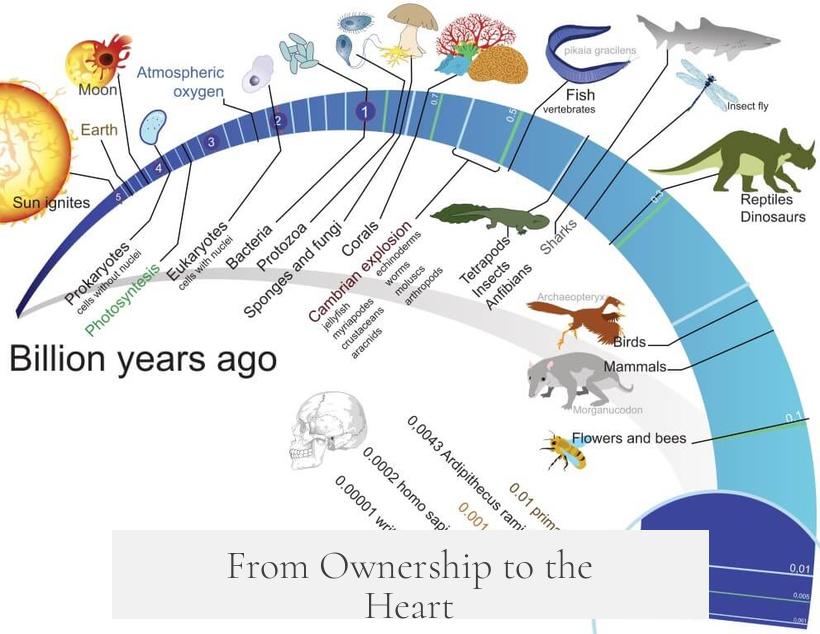
The one constant in the word’s journey is ownership. Since “master” means to have control or authority, it’s no surprise that the same idea transferred quickly to love and emotional possession.
The Oxford English Dictionary records “mistress” as “a woman loved and courted by a man,” reinforcing the notion that a mistress is someone who holds a special kind of control—over a man’s heart.
Think about it: If a woman can “own” servants or property, maybe she can “own” the affections of a man.
The Gradual Shift to “Kept Woman” of a Married Man
Not content to stop at emotional ownership, the word evolves further within about a century. It starts to commonly mean the kept woman of a married man. The phrase now suggests something like: “He may be married to her, but she (the mistress) has his heart (and support).”
Maintaining the metaphor of possession and control, the mistress is no longer the official wife with authority. Instead, she’s the woman with unofficial ownership of a man’s attention and resources—someone who sits outside legal and social bounds.
Double Meanings and Gradual Semantic Dance
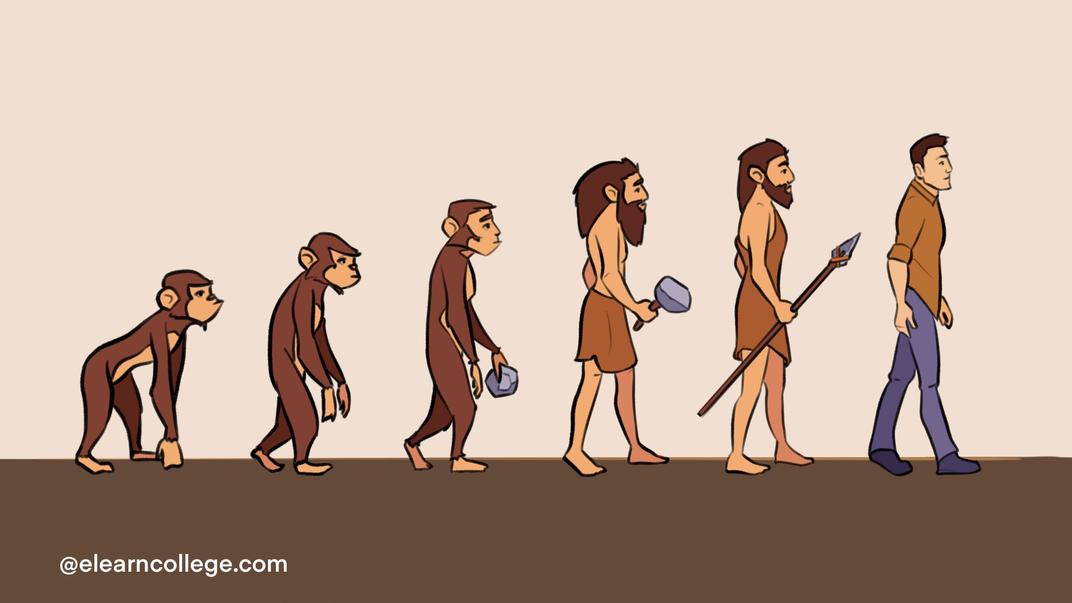
Did the meaning of mistress flip overnight? Not quite. The evolution was subtle and layered—more of a clever double entendre than a sharp shift.
Here’s a quick summary:
- Mistress owns people: initially referring to authority over servants or property.
- Mistress owns a man’s heart: the idea shifts into the emotional or romantic realm.
- Mistress owns MY man’s heart: becomes the kept woman of a married man.
The many meanings coexisted and blurred, allowing mistress to transform from a “rich lady” to an “extramarital girlfriend” without losing its underlying theme: ownership, control, and influence.
Why Does This Matter Today?
Understanding this evolution enriches how we think about language and society. Words aren’t static; they live and breathe with the culture around them.
“Mistress” reflects past values around power, gender roles, authority, and morality. It also shows how language can intertwine authority and intimacy, possession and affection, in surprising ways.
If you’re a lover of words or history, the tale of how mistress changed meaning reveals the power of language to carry social change—and perhaps even moral judgment—through centuries.
A Brief Recap
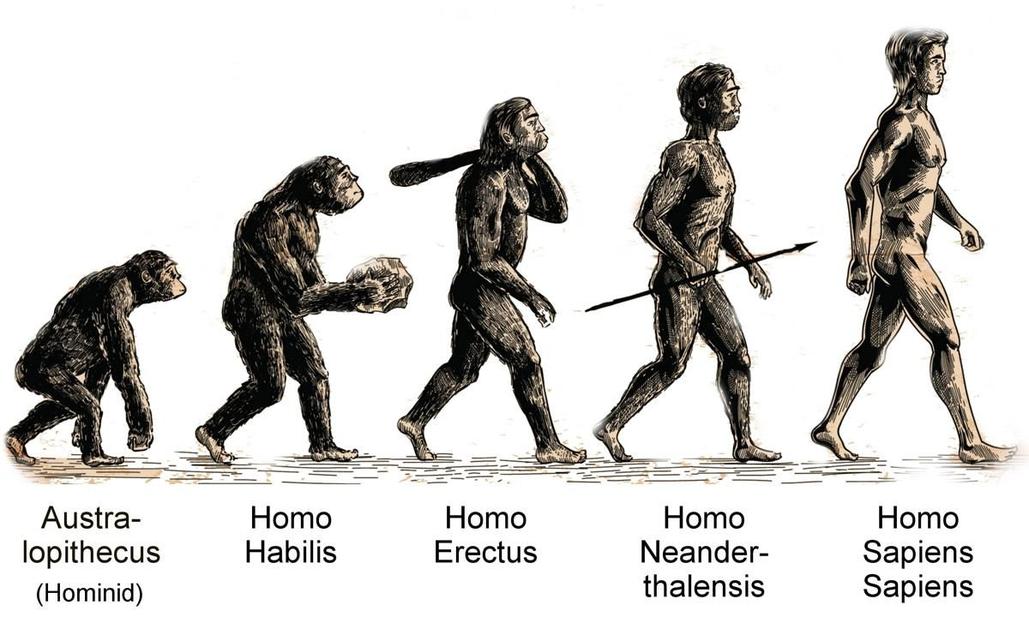
| Period | Meaning | Why |
|---|---|---|
| Early 14th Century | Woman with authority (female master) | Commanded servants, held power |
| 16th Century | Kept woman / morally ambiguous | Link to extramarital partner via social contexts |
| 18th Century | Beloved woman & concubine | Dictionary shows dual love/immorality meanings |
| Gradual transition | From authority → love → extramarital ownership | Double meanings, layered shifts |
If language evolution was a soap opera, the word “mistress” definitely had all the juicy plot twists.
